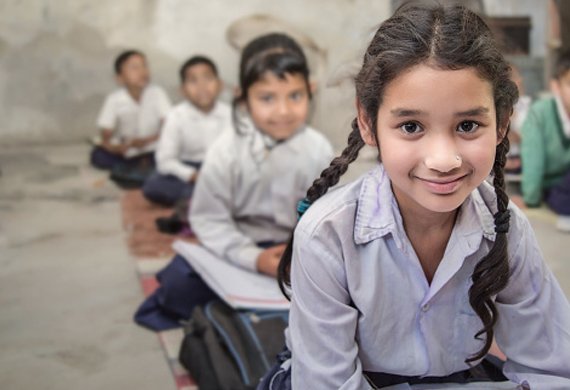
India Home to More Women than Men for the First time in Recorded History
By: Rachita Sharma | Friday, 26 November 2021
The future is female. And now we have statistics to back the claim.
For the first time in recorded history, India is home to more women than men. The fifth National Family and Health Survey (NFHS) which was carried out by the Indian government between 2019-21 has concluded that India now has 1020 women for every 1000 men.
650,000 households were studied under the survey. It concluded that the country has made significant strides over the last five years; between 2015-16, the sex ratio was just 991.
Deeper analysis showed that that 13 states and UTs still have more males than females. Comparing statistics between rural and urban settings, it was found that gender ratio was skewed in favour of males in rural areas across 12 Indian states. On the other hand in urban areas 22 states showed a favorable gender ratio towards men.
The UT of Dadra and Nagar Haveli and Daman and Diu fared as having the lowest urban sex ratio: 775 women per 1,000 men. In terms of rural sex ratio, capital city of Delhi emerged as the worst rural sex ratio (859) among all states.
NFHS 2019-2021 also found that India’s reproductive rate has dropped down to two children per woman. In urban areas the number was even lower (1.6 children per woman). It is the first time this statistic is lower than the replacement fertility levels. This means that India’s population boom might finally be over.
Finding the Missing Women
India has earned an ill reputation for its notoriously low gender ratio. For years the country had failed its female population by being unable to curb practices such as female foeticide facilitated by sex selective abortions. Millions of girl children are killed either before or just after being born. The Indian society has harbored stigma against female child, looking at them as liabilities. As a consequence girls and women face neglect which has had a negative impact on their status in the society.
For such a nation, this news comes as a major cause for celebration towards the achievements made in terms of women empowerment.
“It is heartening to see the improvements in the overall sex ratio. It reflects the strides that the country has made towards gender equality and women’s empowerment,” said, Poonam Muttreja, the executive director of the Population Foundation of India.
With the strides made in terms of access to education, sanitation and opportunities, Indian women are living in a new era. They have more agency today and are building lucrative careers. In short, Indian women have started taking charge of their lives. This is a welcome change and will mark the beginning of a more gender neutral society.
However, all is not as rosy as it seems on the surface.
While the total number of females has surpassed that of males yet, the gender ratio at birth still remains at 929 women for every 1,000 men. This concludes that female foeticide and sex selection before birth are still prevalent in our society.
The onus falls on the government and the society as a whole to take concrete steps towards alleviating these ill practices from their source. We need to educated and sensitize the society at large to give girl children a fair shot at life.
Hope and effort will pave the way forward.


.jpg)



